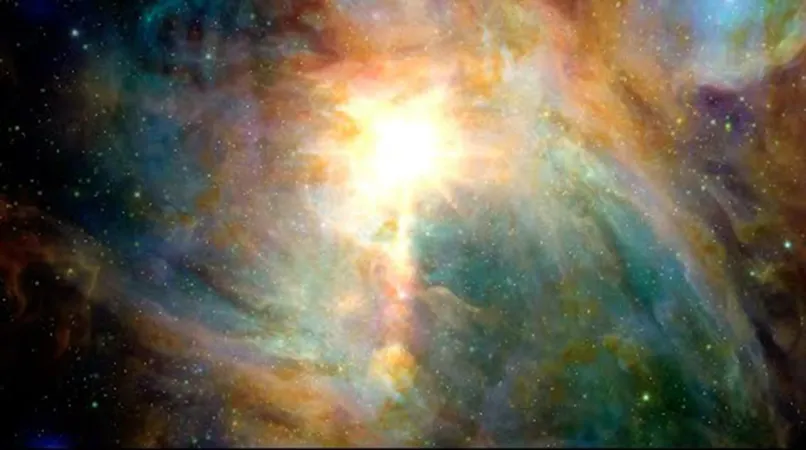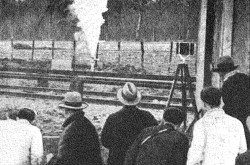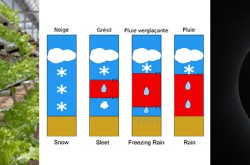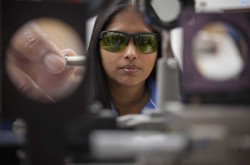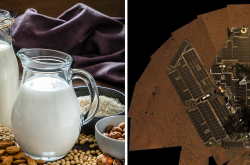Predicting space storms
This article was originally written and submitted as part of a Canada 150 Project, the Innovation Storybook, to crowdsource stories of Canadian innovation with partners across Canada. The content has since been migrated to Ingenium’s Channel, a digital hub featuring curated content related to science, technology and innovation.
SuperDARN monitors how weather in the galaxies affect our planet.
SuperDARN is an international network of high-frequency radars located around the world. They monitor and study space weather to understand how it interacts with the Earth’s communications, energy and navigation infrastructures.
Kathryn McWilliams, a professor at the University of Saskatchewan and Program Leader for SuperDARN Canada, works with a team of engineers to analyze the data collected from the radars in Saskatoon and other parts of Canada.
SuperDARN Canada is funded in part by the CFI through the Major Science Initiatives Fund.
Find more stories of research in action on Innovation.ca, the website of the Canada Foundation for Innovation.
Transcript
SuperDARN is an international network of high-frequency radars located around the world. They monitor and study space weather to understand how it interacts with the Earth's communications, energy and navigation infrastructures.
Kathryn McWilliams, Professor at the University of Saskatchewan and Program Leader for SuperDARN Canada, works with a team of engineers to analyze the data collected from the radars in Saskatoon and other parts of Canada.



